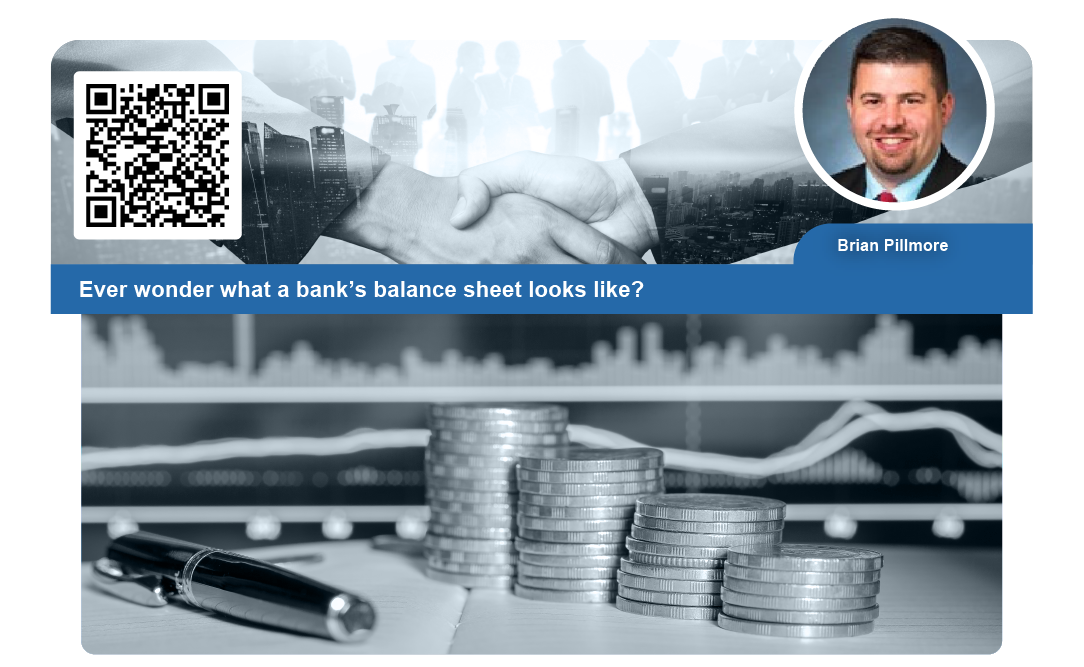Estimated reading time: 2 minutes
It’s surprisingly backwards…
It has 3 core components – from the bank’s perspective:
1️⃣ Capital
The bank’s own money.
Either from investors, and/or previous profits kept on hand.
The point is – The banks OWNS this money.
BUT, the first dollar of loss that a bank takes comes from these dollars.
2️⃣ Liabilities
This is made up of the DEPOSITS the bank receives. bank balance sheet
Again… Backwards…
The money you are given is a liability against you.
Because at any moment, depositors can come asking for their money.
You have to be able to give it to them.
3️⃣ Assets
This is made up of the LOANS the bank makes.
A little counterintuitive right??
Money given to others is your own asset.
Ultimately some of the profit the bank makes are in the interest payments,
But the loan IS the asset. A note receivable.
If you want to find the total capitalization of the bank,
You add capital (obviously) and LIABILITIES (deposits).
This is the money the bank has – even if they don’t own it all.
Profit is then made from the assets and from various fee income items driven by services the bank offers.
The great thing about this system, is it creates a true win-win-win situation:
✅ The bank is sustainable and able to make a profit
✅ The depositors have a safe place to keep their money and earn a return
✅ The community benefits as loans are provided, helping businesses grow and the economy thrive
So ultimately, the role of a bank’s balance sheet is to make sure everyone is winning.
And this is why I find banking so fascinating.
—
🔔 Follow Brian on Linkedin: Brian Pillmore
#banking




